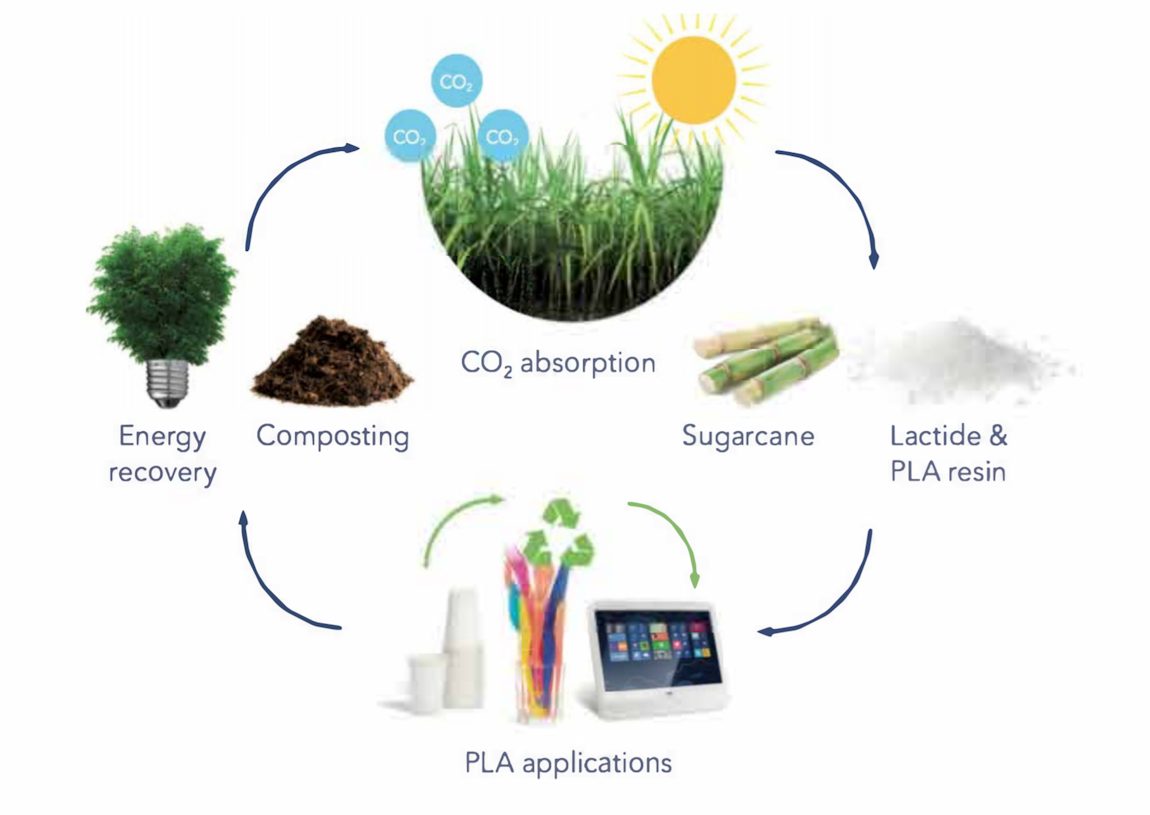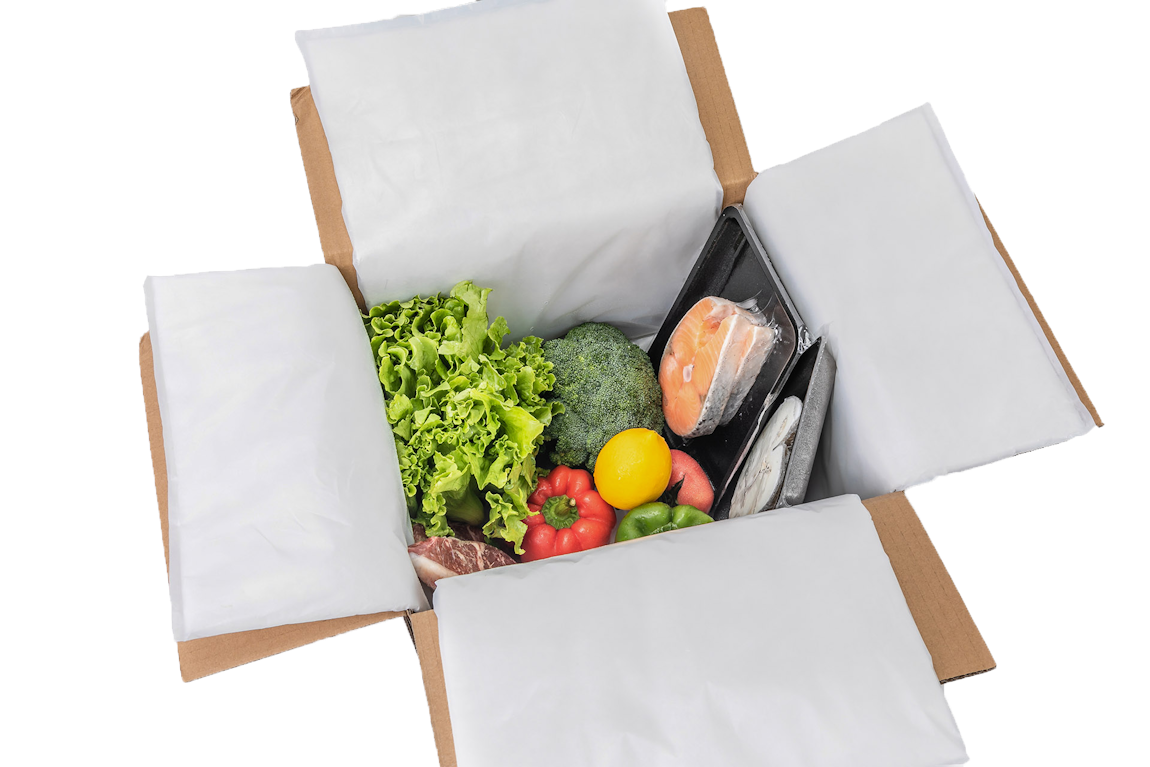How is PLA used in packaging and why?
In the world of packaging, PLA is commonly used as an effective insulator in order to control the temperature of goods during transit. PLA insulation keeps temperature of the internal product around 4 degrees Celsius at an average room temperature of 25-30 degrees Celsius for up to 30 hours.
On top of its insulating properties, PLA doesn’t release any toxic fumes when oxygenated. Therefore, it’s become very popular when packaging pharmaceutical and chemical products. This ensures highly sensitive goods are not contaminated during transit, protecting both handlers and the end user.
Same goes for the food and beverage industry too. Even though studies have revealed PLA does release a small amount of lactic acid, the amount is insignificant to cause harm to humans. For peace of mind, PLA is generally recognised as safe (GRAS) and lactic acid is a common food ingredient anyway. If you’re in the food and beverage industry and looking for a safe, eco-friendly way of packaging you’re your products, consider PLA, you won’t be disappointed.
What more? PLA can be fully degraded into carbon dioxide and water through composting, this means no toxins or harmful substances are produced and no pollution is released into the environment.



